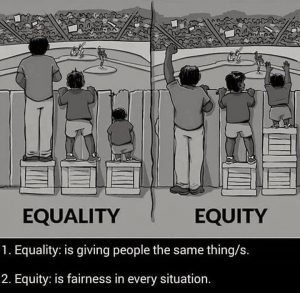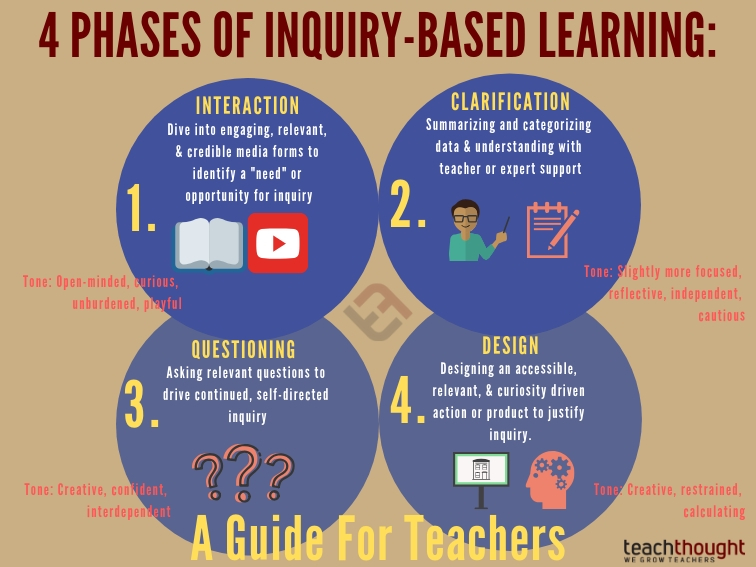Learning Pod: #6
Peers’ Names: Zhihao, Jin, Qiaoyang (Peter), Chuyi (Shirley)
Interactive Learning Resource Topic: Personal Finance (Management)
Identify components of the Interactive Learning Resource that might be missing (e.g., appropriate outcomes, alignment, interactivity, inclusivity, technology use and rationale, presentation, grammar, spelling, citations, etc.).
Here are components that I think that might be missing or need some adjusting in the Interactive Learning Resource:
- The learning outcomes section seems to be a chunk of texts and I think it would be better to make it into a list of “students will be able to accomplish ….” It would also be good to set the outcomes more practically available and link them with the assessment.
- The learning theory is not very clear and I think you may want to use key words such as behaviorism or cognitivism that we have learned in this course as the subjects of your descriptions and associate these theories with your resource contents.
- In the section of design for inclusion, maybe write briefly about the rationales on your choosing these two groups of people. Why are they likely to be the target audience for your resource?
Provide a summary of The Interactive Learning Resource’s strengths and weaknesses. Draw out specific examples from your peers’ work to justify your feedback.
Strengths:
- The topic for the resource is very interesting and useful. Personal finance can be important for adults in many stages of their life. The topic is relevant to its audience and the contents are well designed. For example, the four questions (How to recognize the pitfalls of consumerism, What are common risks of personal finance and how to avoid it, How to manage money conveniently and efficiently, What is the trend of personal finance) are four aspects of personal finance that are relevant and step-by-step. These all sound like common problems people face when managing their money.
- The design for inclusion has well-chosen target group of people. The resource chose people of English language learners and single parents with kids. These two groups are very likely to be audience who are interested in and would love to learn about the topic of personal finance.
- Good assessment for the type of topic. Personal finance to me is a complicated topic, and I think that using quizzes or tests only would not really test the learners understanding. The description mentioned of using discussion and quizzes to stimulate the learners’ interests and I think if the discussion is used in the assessment, the assessment would be more accurate in obtaining the learners understanding of the resource.
Weaknesses:
- Assessment for the learners’ understanding of the resources could be stated more clearly. In the learning outcomes, as well as the end of the resource, contents related to assessments are not very clearly presented.
- Descriptions of some parts of the resource are vague. “Show students some data charts, financial apps, goods and services.” would be better presented with specific data charts, apps or services.
- Some learning outcomes could be presented with more measurable statements such as “students will be able to tell (certain numbers of trends)” rather than “students will be able to learn more about the trend of personal finance content” that is written in the resource.
Provide general, specific, and practical recommendations to your peers on how to improve their Interactive Learning Resource.
The Interactive Learning Resource you have presented is great overall. I really like it that you chose this topic because I believe that many people are interested and willing to learning about this topic. The big ideas you designed sound engaging and relevant. However, I would recommend you using more clear statements in your descriptions in the course learning outcomes, the specific contents and tools that you would use in your learning resource. For example, the learning outcomes could be more measurable such as stating what the students could actually do or accomplish after learning about this resource. Verbs such as identify, say, list, write or make could be considered in the clear description (clear and specific).
Jargons should be followed with explanations. Since your resource is designed for English language leaners and people who are probably not majored in finance related field, you may want to include explanations for financial or economical terms and concepts such as the five types of financial risks, P2P fraud, etc.
Overall I think your design is really great and I really look forward to seeing your final Interactive Learning Resource! Good luck!






Recent Comments